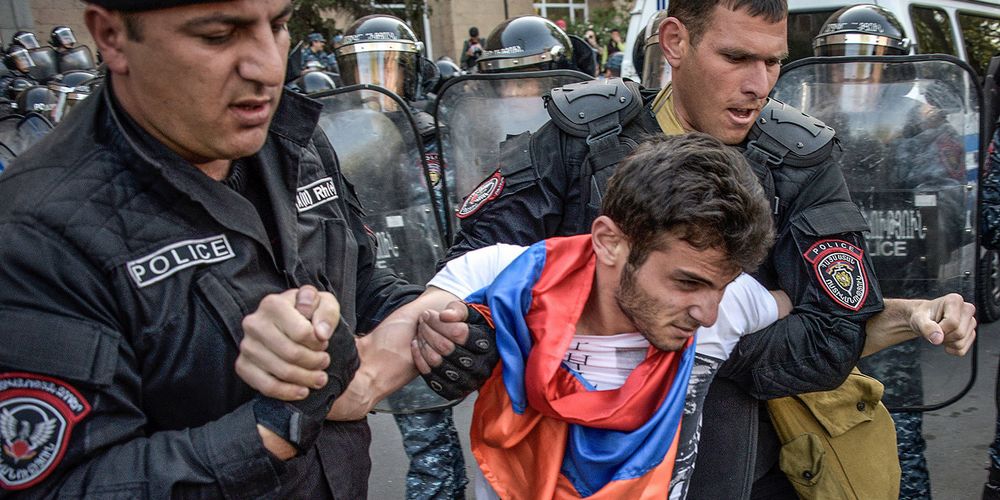Search

Publications
Protests in Armenia: cui prodest?

Starting from April 25, mass anti-government protests are on-going in Armenia. The opposition forces: parties Dashnaktsutyun (Armenian Revolutionary Federation), Republican Party of Armenia, Armenia Alliance and some other minor political organizations, are protesting against the policy of Nikol PashinyanТs government targeted at lower sights with respect to Karabakh, at implementation of peace agreements with Azerbaijan and normalizing the relations with Turkey.
Going over old grounds
These protests are to a great extent the repetition of the technologies and scenarios of Armenian «Velvet Revolution» of 2018, which resulted in removing Serzh Sargsyan, then the Prime Minister, leader of the Republican Party and of the very influential «Karabakh clan». The technologies indeed look very much the same: marches from provinces to the capital attended by many people, blocking the highways and government buildings, acts of civil disobedience, a tent camp in downtown Yerevan and perpetual meeting in the capital.
Let us remember that the march from Gyumri to Yerevan started exactly like this on 31 March 2018, when it was headed by the future Prime Minister Nikol Pashinyan. In fact, we are observing the mirrored events of four years ago. The opponents of Pashinyan and his policy targeted at resolving the Karabakh conflict are striving for revenge and seize back the power in Armenia.
At the same time, it should be noted that the current protesting wave is significantly different from that of 2018 in terms of the number of participants. According to some sound estimates, today in Yerevan and in Armenia in general there are about 15-20 thousand people protesting, but four years ago their number was 40-60 thousand. This is a clear evidence that today the protest wave is much weaker, and so far, has not reached the critical mass to exert pressure on Armenian government forcing it to resign.
What are the reasons for that? From the technology point of view, Nikol Pashinyan and his team understand perfectly well what they are dealing with, because they themselves used similar protest technologies, so they have professional understanding of the counteractions. That is exactly why, despite protesters detention cases, the Armenian police is rather moderate in enforcement and avoids excessively heavy-handed actions in order to save the image of the government and of the law enforcement agencies.
Opposition without a critical mass
On top of that, there are reasons to believe that the opposition alliance in Armenia does not enjoy the support of the majority of the population. Remember that at the off-year parliamentary elections in June 2021, the «Civil Contract» Party headed by Nikol Pashinyan convincingly (53.92%) defeated its major political competitor Ц Armenia Alliance headed by Robert Kocharyan (21.04%).
Over the recent months, the popularity of the ruling party and its leader Pashinyan has gone down indeed due to the fact that the current Armenian government tries to avoid bitter confronting rhetoric with respect to Azerbaijan, intends to abide by the peace agreements and even tries to restart the relations with the old-established opponent Ц Turkey. According to the survey by the International Republican Institute (IRI) Ц the organization funded by the US administration, as of December 2021, 49% of Armenian citizens trusted Nikol Pashinyan, and 48% did not trust him.
Naturally, the part of Armenian society that has nationalistic sentiment (represented by the oppositional Armenia Alliance and its allies) is strongly antagonistic to PashinyanТs government, their reconciling statements and actions. The Karabakh clan representatives, who are revanchists by their views, are trying to use this antagonism as the main incentive for the protests.
The Karabakh clan, to which the names of former Armenian leaders Serzh Sargsyan and Robert Kocharyan are connected, is known for its hard position on the territorial allegiance of Karabakh. They lay all the blame for actual defeat of Yerevan in the second Karabakh war in the fall of 2020 resulting on Azerbaijan restoring its territorial integrity and control over the significant part of this region on Pashinyan and his government.
It is understandable that the opposition benefits from such interpretation of the defeat and defining the ones who are to blame for it Ц it allows for mobilizing their supporters, the family members of the ones who were killed, and to use them to support the possible return to power.
Tired from war
It should be recognized that the government of Nikol Pashinyan, which came to lead the country rather recently, could hardly improve the situation with the armed forces of Armenian separatists in Karabakh and of Armenia itself. It is obvious that the government, which headed the country before the PashinyanТs government is to a much greater extent responsible for the combat efficiency and the level of the military equipment availability of the national army.
The significant part of Armenian public understands that and lays the blame for the military defeat not just on Pashinyan, but more on the Republican Party and its leaders. When the Karabakh clan was in power, the level of corruption in Armenia was quite high, and this also does not add to the popularity of the current opposition. In particular, the corruption and nepotism of Kocharyan-Sargsyan were the key reasons allowing Nikol Pashinyan to gain political capital and walk directly from the street right into power.
In addition to the resentment of the corruption plume of former Armenian leaders, significant part of the public does not want to live in the mode of mobilization and ongoing conflict with the neighbors Ц Azerbaijan and Turkey (which actually brought the country to isolation), but dreams about more comfortable living. The Armenian society is tired of war and hate speech, which, by the way, did not help in any way in the battlefield.
The conclusion is that Pashinyan and his government do their best to pursue the policy, which is not popular with the revanchists (they are the ones protesting right now), but responding to the demands of a big number of Armenian citizens, those who want peace and opening the borders.
External context
The external context of Armenian events also needs to be described here. Ongoing anti-government protests may result in protracted political crisis if they achieve the required critical mass. This will not happen in the short-term, but we cannot completely exclude the escalation of tensions due to various reasons and possible acts of provocation.
What can be results from the standpoint of foreign political interests of Russia and its international security? The Armenian opposition includes, among others, rather radical nationalistic forces, which are not hiding their revanchism.
If they come into power, one can expect the attempts to revise the status-quo in the region after the second Karabakh war, to exit the peace agreements with Azerbaijan and to instigate the resuming of combat actions.
In its turn, this may be fraught with a major regional conflict, and both Turkey and Russia inevitably will get drawn into it. In the context of special military operation in Ukraine, this conflict will be extremely oddly timed and burdensome for Moscow, especially if Turkey gets involved.
At present NATO uses its troops and allies for some probing actions at the North-West borders of Russia from Kaliningrad region, the borders of Belarus and Poland, Transnistria and Moldova to Central Asia with the purpose to identify the weak points for possible opening УThe Second FrontФ in order not to allow Russia to win over Ukraine.
In this sense, South Caucasus also is the region of possible conflict and aggravation targeted at deterring Russia. The political situation in Armenia may have a direct impact in the regional stability. That is why the key interests of the Kremlin in South Caucasus mean lack of internal conflicts inside Armenia and of a new wave of military escalation between Yerevan and Baku.
The conclusion is that the geo-political opponents of Russia will benefit from the reverse situation, when the clash between the government and the opposition in Armenia will result either in massive civil conflict or in revival of the confrontation with the neighbors. Unfortunately, this situation does not allow for viewing the internal political struggle in isolation from external context and long-term interests of Russia.







